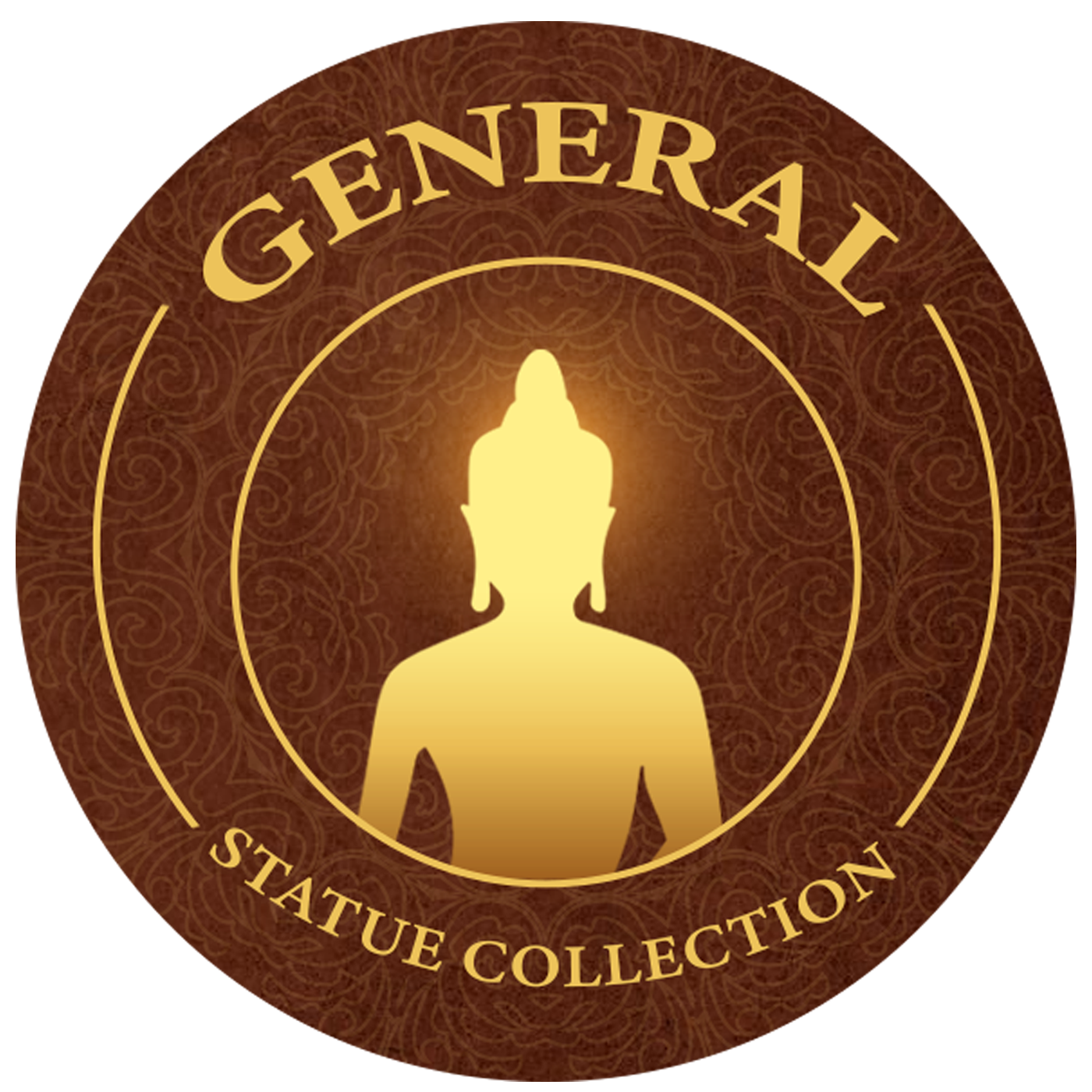Medicine Buddha
153 products
Showing 97 - 120 of 153 products
















































Medicine Buddha: The Healing Deity in Buddhism
Background & Significance
The roots of the Medicine Buddha can be found in the sutras of the Mahayana school of Buddhism, particularly in the "Bhaisajyaguru Vaidurya Prabha Raja Sutra." This sutra tells the tale of the Medicine Buddha and his twelve vows, emphasizing his function as a healer and mentor for people afflicted with mental and physical illnesses. Over time, Buddhism in East Asian nations emphasized the worship of the Medicine Buddha.
In Buddhism, the Medicine Buddha is revered as the embodiment of the healer. Buddhists frequently call upon the deity, who personifies the idea of healing, to find comfort from both bodily and spiritual suffering. As stated in the sutras, the Medicine Buddha made twelve vows, among them the desire to lessen suffering in sentient beings and to lead them on the path to enlightenment.
The significance of the Medicine Buddha is found in his function as a spiritual physician who provides treatments for mental and physical disorders. Buddhists believe that they can achieve both bodily and spiritual well-being by engaging in devotional practices to the Medicine Buddha.
Iconography & Attributes
The Medicine Buddha is frequently shown with various distinctive qualities and symbols. Usually depicted as a dazzling figure with a blue body, he represents the Buddha's healing power. He is holding a myrobalan fruit, which means medical knowledge, on the one hand, and an arura plant stem, which represents the alleviation of suffering, on the other.
The lotus chair that the Medicine Buddha frequently occupies emphasizes enlightenment and purity even more. Seven Medicine Buddhas surround him; each has a distinct quality and represents various facets of compassion and healing.
Associated Stories and Beliefs:
The Medicine Buddha is commonly associated with myths and beliefs that center on his healing powers over mental and physical ailments. Practitioners assert that healing and inner peace can be attained by repeating the chant of the Medicine Buddha and focusing on his picture during meditation. The blessings of the Medicine Buddha are prayed for to cleanse negative karma and lessen sentient creatures' suffering.
The practice of "Menla," as it is called in Tibetan Buddhism, consists of prayers, meditations, and rituals honoring the Medicine Buddha. This practice is frequently utilized in conjunction with traditional medical treatments since it is considered to help those in need find healing and relief.
In summary, the Medicine Buddha is a critical figure in East Asian Buddhist traditions and represents compassion and healing. His significance in Buddhism is influenced by his history, qualities, and related stories, among other things.
